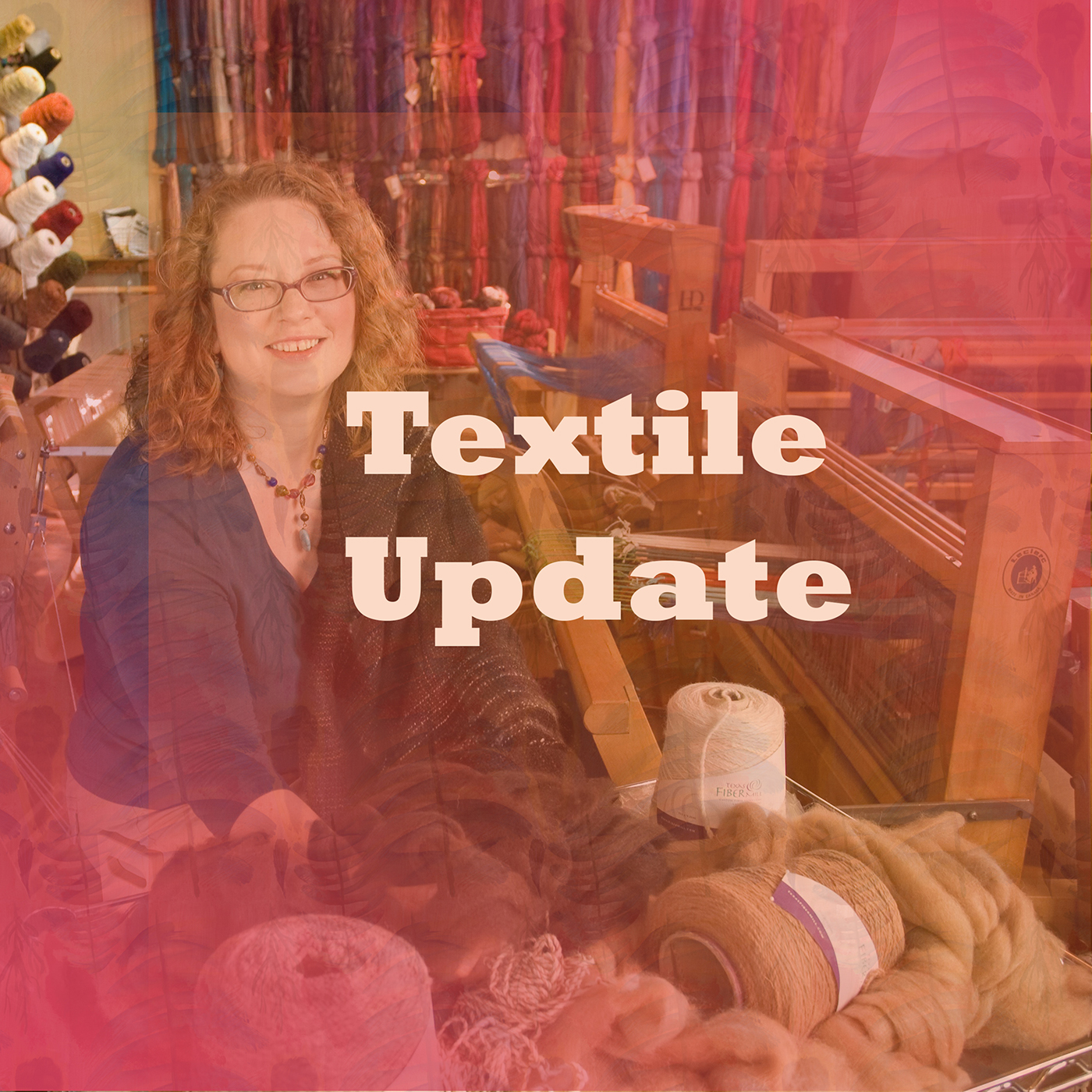Episodes
I start a new season of the podcast with each new session of my Textiles course. Rather than make students go back in time, I duplicate episodes from previous seasons, and put them in the proper order. Season 3 will start on January 20th, but I am going to release the first episode, on Fiber Properties, a bit early to whet your appetite. If you have been listening to Season 2, you can continue to enjoy the same content there, or you can start over with a new year and a new season. i will...
Published 01/14/21
Published 01/14/21
Water, stains, we can repel them all! Radiation, Fire, no problem!
Published 08/01/20
Changing the properties of textiles is the goal of functional finishing.
Published 08/01/20
Besides Luster and Hand, we can change the Design or Texture of fabrics.
Published 07/31/20
Aesthetic finishes are used to change the look or feel of fabric by changing the luster or the hand.
Published 07/31/20
Printing and dyeing can have some quality issues that it is helpful to understand.
Published 07/30/20
Direct printing also includes screen printing and inkjet printing while indirect printing solves a problem we have since the invention of synthetic polymers.
Published 07/30/20
We can dye at different stages during the production process. We can use dyes to make designs in a process called “resist printing”.
Published 07/29/20
We don’t need to use fibers to make nonyarn fabrics, we can just use polymers in solution or look to nature.
Published 07/28/20
Weft and warp knits don’t have warp or weft yarns, but they do go in different directions. The warp knits include tricot and raschel knits.
Published 07/25/20
Double cloths can use 3, 4 or 5 yarns instead of the usual two. Textured weaves, on the other hand, stick to familiar methods to create a subtle pebbly surface.
Published 07/23/20
Pile weaves can be made in so many ways and produce so many fabrics, including velvet, velveteen and corduroy. Plus, let’s dig into carpet!
Published 07/23/20
Published 07/14/20
Published 07/13/20
Published 07/13/20
Published 07/09/20


